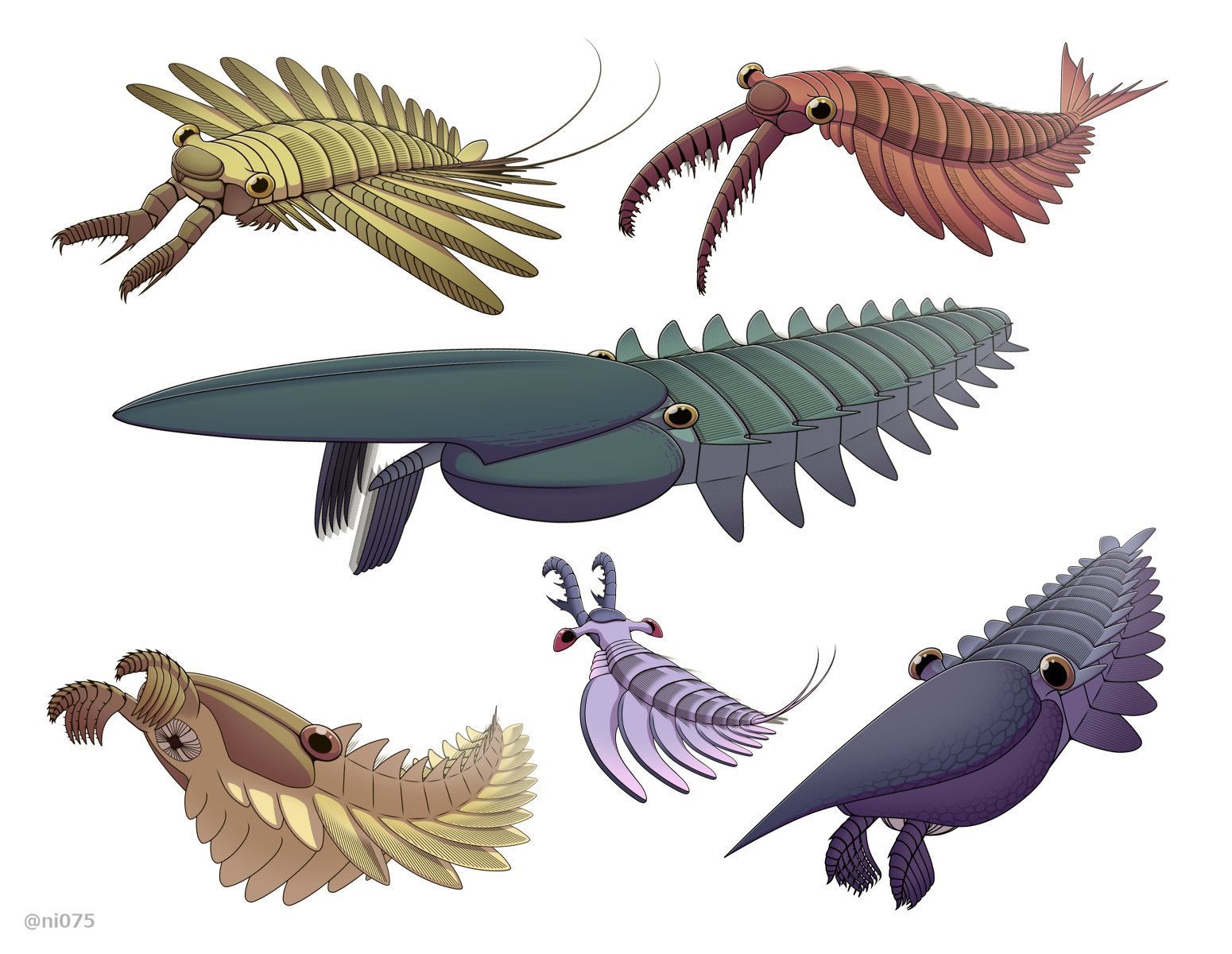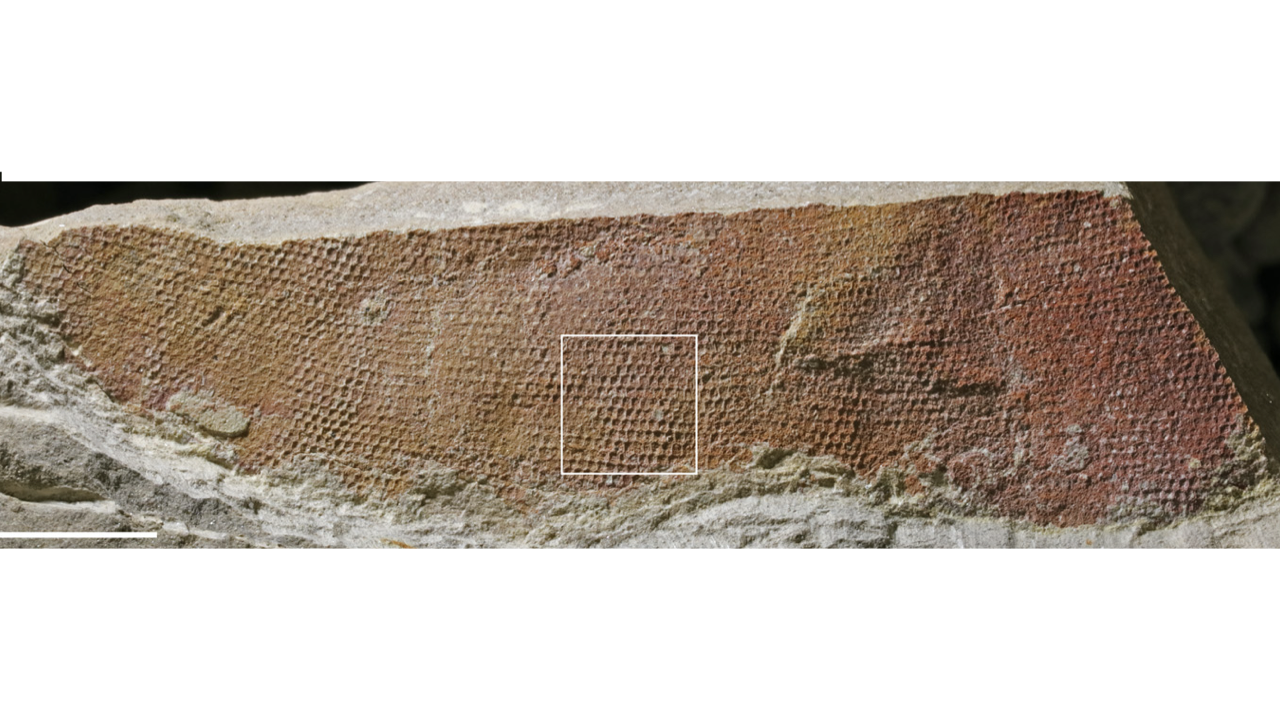This article was originally authored by Dr. Hugh Ross and is republished here with permission from Reasons to Believe, a ministry dedicated to integrating science and faith. All rights reserved by the original publisher. To explore more resources, visit their website Reasons to Believe.
Overview of the Cambrian explosion
The Cambrian explosion marks one of the most extraordinary biological events in Earth's history. Within a few million years, a vast range of complex life forms appeared, introducing skeletal animals, circulatory systems, and bilateral symmetry. Between 50 and 80 percent of all known animal phyla emerged during this time.
Radiodonta and early predators
Among these newly emerged creatures were arthropods, including the extinct Radiodonta order. These early predators featured claws, jaws, compound eyes, and gills for respiration. The most famous example is Anomalocaris aff. canadensis, fossils of which are abundant in the Burgess Shale fossil beds in British Columbia.

Cambrian eye specialization and complexity
New fossil discoveries from Emu Bay on Kangaroo Island, South Australia, revealed unique compound eyes among Radiodonta species. The large Anomalocaris aff. canadensis had 24,000 lenses in each 4 cm eye—perfectly adapted for bright water hunting—while 'Anomalocaris' briggsi had 13,000 smaller lenses for low-light plankton feeding. These findings suggest early specialization within basic eye designs, proving the Cambrian era was far more complex than once thought.

Creation perspective and design insight
RTB scholars highlight that such early biological diversity and fine-tuned specialization point to intentional design. As biologist Andrew Parker noted, the Cambrian explosion was a period of overwhelming diversity “within one million years.” This view aligns with creation-based perspectives that see the event as purposeful rather than accidental.
“Elucidating the materialistic basis of the Cambrian explosion has become more elusive, not less, the more we know about the event itself.” – Peterson, Dietrich, and McPeek, 2009
Endnotes
- Paterson, Edgecombe, and García-Bellido, “Disparate Compound Eyes of Cambrian Radiodonts,” Science Advances (2020). ↑
- Andrew R. Parker, “On the Origin of Optics,” Optics and Laser Technology (2011). ↑
- Peterson, Dietrich, and McPeek, “MicroRNAs and Metazoan Macroevolution,” BioEssays (2009). ↑
Go deeper

Dr. Hugh Ross
Hugh Ross is the founder and senior scholar of Reasons to Believe, an organization dedicated to communicating the compatibility of science and the Christian faith. While in college, Hugh committed his life to Jesus Christ after his study of cosmology convinced him of the existence of a Creator, specifically the God of the Bible. Hugh holds a degree in physics from the University of British Columbia and a PhD in astronomy from the University of Toronto. After five years on the Caltech faculty, he transitioned to full-time ministry and still serves on the pastoral team at Christ Church Sierra Madre. His writings include journal and magazine articles, hundreds of blogs, and numerous books-Why the Universe Is the Way It Is, Improbable Planet, Designed to the Core, and Rescuing Inerrancy, among others. He has spoken on hundreds of university campuses as well as at conferences and churches around the world and participates in the weekly Stars, Cells, and God podcast.


.webp)
.webp)

Leave a comment